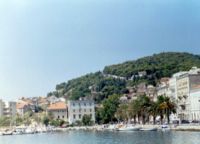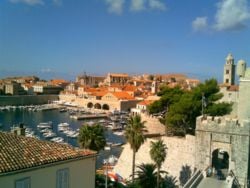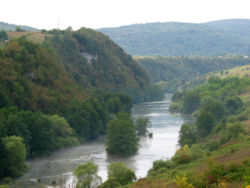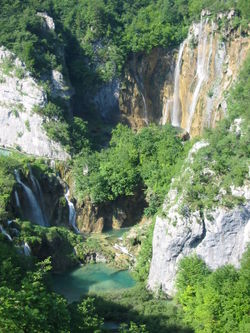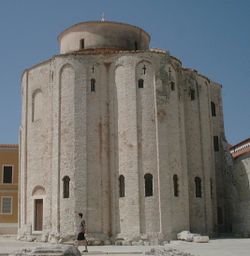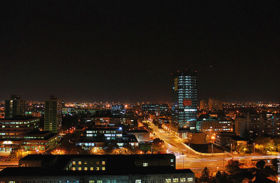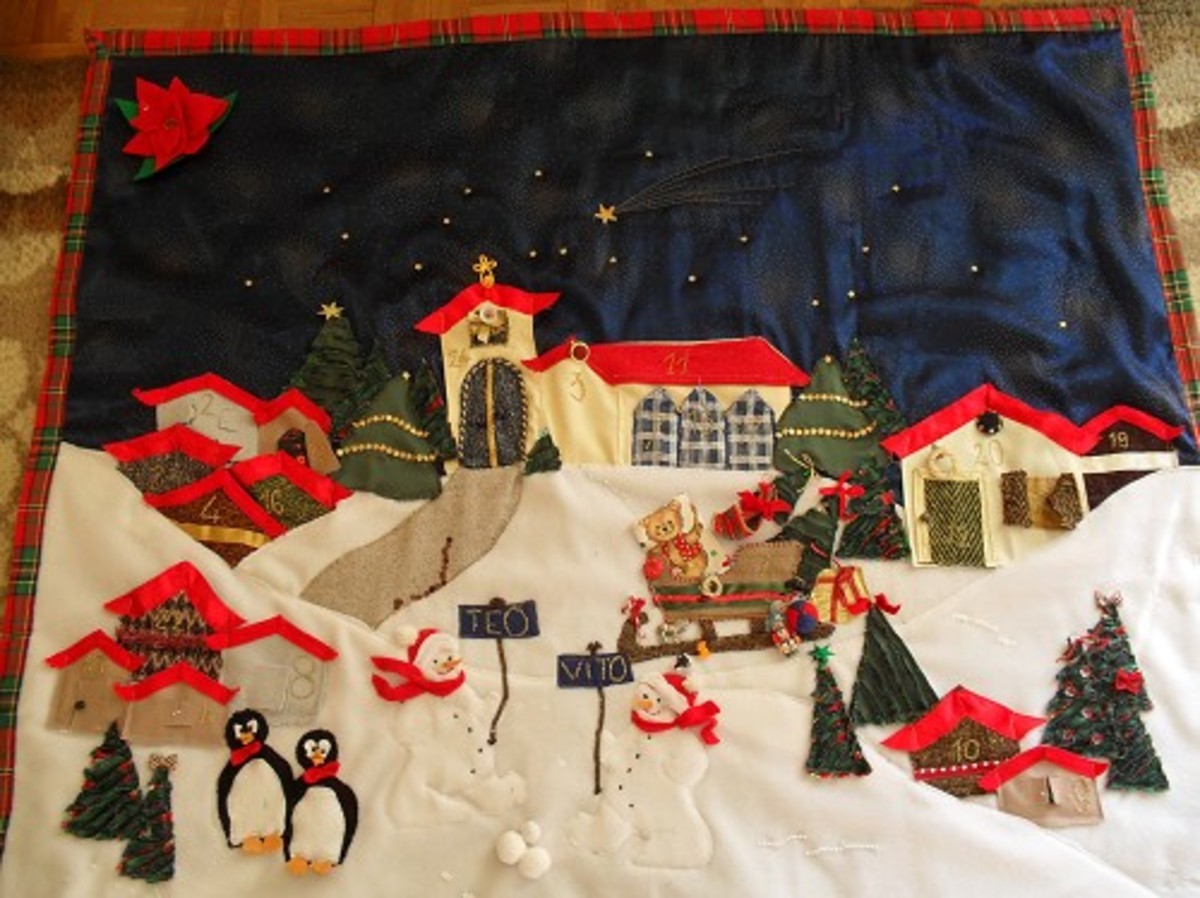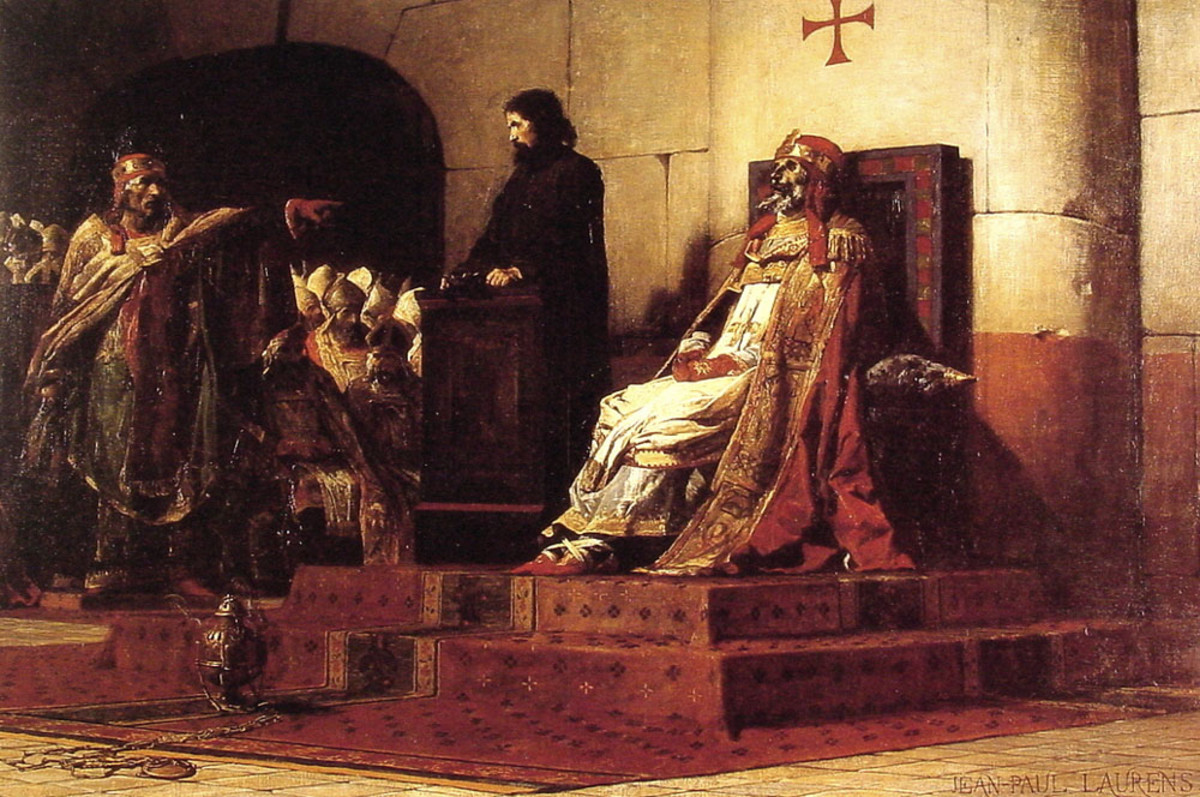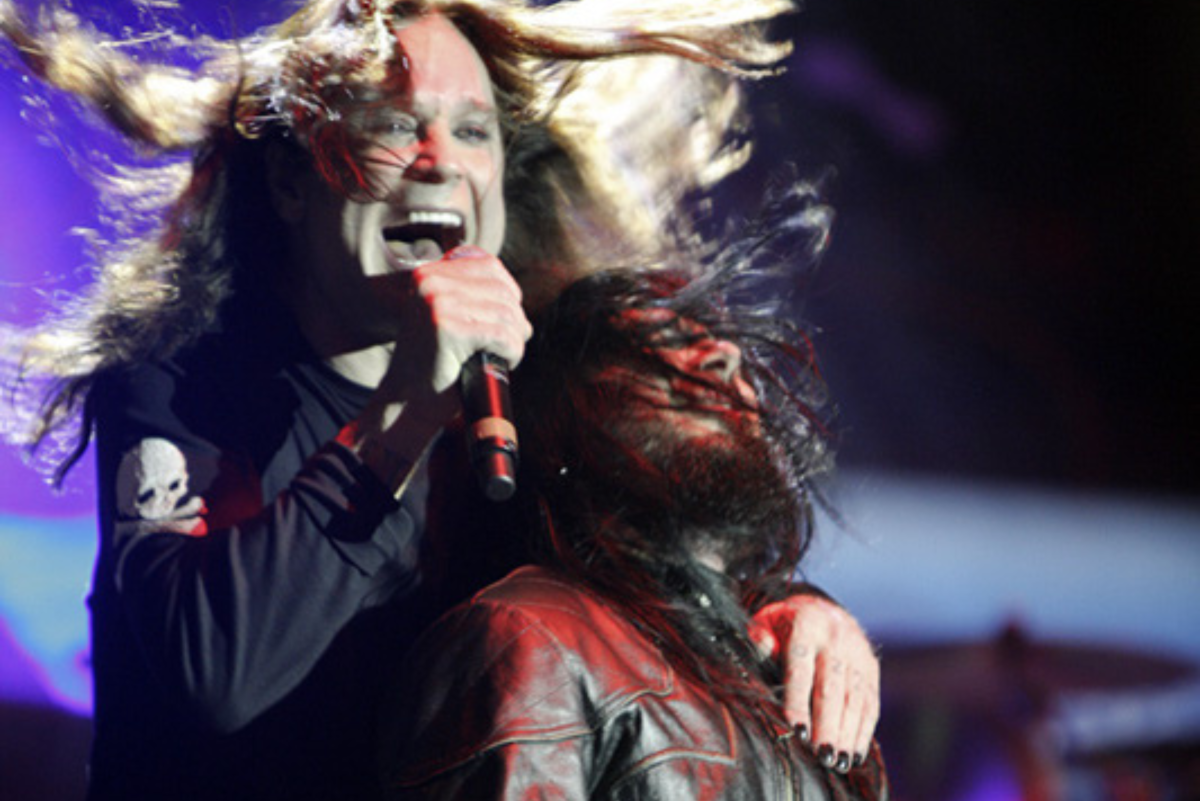The History and Present of Croatia
The History and Present of Croatia
Each country has a story, a time in history when an ethnic group of people finds a place to call home. One must examine closely that country's past and the events leading to its present in order to see that present more clearly. For centuries the Croatian peoples have fought for the land they called theirs, protecting it with their lives and sometimes making disagreeable decisions in order to safeguard themselves. They till the soil, cultivate the land, and establish roots that last generations. They come together in the common goal to preserve the life they have created for themselves. They progress in every aspect of their lives, be it government, language, or society. They do what is necessary to ensure peace and prosperity for their people. They hold closely to their hearts the ability to call themselves free and resent any who take that right from them. Many times they have had to live under subjugation of foreign rule and without national identity. Through these trials they evolved, becoming wiser and more determined. They gathered strength and courage to declare themselves free and fought for that right. Over time they became that which they are today, holding close the memories of the past in order to pave the way for their future. One must have and idea of the lay of the land as well as gaining a perspective of the people who live within her boundaries in order to fully appreciate all the struggles and triumphs it has been witness to. The story of Croatia begins here.
Croatia is a diverse country in not only terms of population but also in its geographical setting. It consists of plains, lakes, rolling hills, densely wooded mountains, and rocky coastlines. It has eight national parks and was named Destination of the Year in 2006 by National Geographic Adventure Magazine. There are six areas in Croatia that are named as World Heritage sites including the city of Trogir, the old city of Dubrovnik, and the Plitvice Lakes. It also has a mixture of different climates including a continental climate in the north, Mediterranean climates on the coast, and highland climates in the south central area. Off its shores, Croatia has over one hundred islands varying in size. This creates a perfect setting for a diverse culture.
Croatia today is inhabited mostly by Croats, making up eighty-nine percent of the population. The rest of the population consists of over twenty minorities, Serbs being the largest at a little more than four percent. Other minorities include Bosniaks, Italians, Hungarians, and Albanians, to name a few. There is also a growing Chinese population as well as a sizable German-Austrian population. This creates a melting pot of cultures and at times makes it difficult to distinguish between one culture and another. An example of this is the Croatian cuisine. It has its native influences but is also influenced by Italian, Hungarian, Viennese and Turkish cusine as well as Greek and French.
The predominant religion in Croatia is Catholicism, consisting of eighty-four percent of the population, with some Orthodox and Sunni Muslims scattered throughout. The official and most commonly used language is Croatian, which is a South Slavic language, and uses the Latin alphabet. Ties to the Roman Catholic Church were instrumental in the formation of the Croatian kingdom and the church itself was important in the founding of many educational facilities in Croatia.
Croatian culture is based on thirteen centuries of influence from other countries as well as native Croatian customs. Croatians have a strong sense of tradition. Family genealogy is also very precious to them and they tend to pass family names down from generation to generation. The people are generally peaceful and have strong feelings towards democracy. Constant interaction with the Latin culture during the time of the Roman Empire, seen by the use of the Latin alphabet, the Roman Catholic Church, as seen in the major Catholic population, and western European civilizations, as seen in their democratic governments throughout history, has shaped the culture seen today.
In order to comprehend how the Croatian state was developed, one must look back to the introduction of the Slavic peoples to the Roman territory it now occupies. Slavs and Croatians go hand in hand in Croatian history. The Croatians would not have been able to survive as a lone member of the Slavic race in this area of the Greco-Roman world without the neighboring Slavic populations and their traditions.
The land now called Croatia was once the home to the brave Illyrian people, who came from their Slavic homeland in the north. After being conquered by Rome, the land was separated into two districts known as Dalmatia and Pannonia. When the empire was split between two brothers, the line passed through the Balkans. The Slavic tribes to the east of the division became familiar with Byzantine political administration and the East Orthodox Church while the population on the west extricated themselves from Byzantium rule and identified themselves with the Catholic Church.
During the war between the Goths and the Eastern Roman Empire, also known as the Byzantine Empire, mass migration of Slavic peoples from behind the Carpathian Mountains began. They penetrated the Balkan Peninsula and took advantage of the warring nations. Both the Gothic king and the Emperor sought the aid of these new peoples. Eventually the Gothic king lost the war and Gothic power was obliterated. The newcomers found themselves under the rule of the Emperor of Byzantium. It was during a bitter struggle between the Avarian leader Bayan and the Byzantine Empire that the bulk of Slavic migration took place. This is important because it changes the ethnographical picture of the Illyrian territory.
The Slavs assisted the Avars in their campaign and in 626 the combined forces, along with Persian armies, laid siege to the Imperial Capital, Constantinople. This siege failed but as a result, the Byzantine Emperor Heraclius befriended the Slavs in an effort to draw them away from their alliance with the Avars. He also invited the Croats from their northern homeland to settle south of the Danube as allies against the Avars.
The Slavs were a peaceful people, adverse to warfare and devoting their time to peaceful occupations such as cultivating the deserted lands and rebuilding cities. The empire realized that both the effectiveness of Slavic colonization and their adversity to military organization were important and Emperor Constantine sealed the friendly relations between the two in 678. He issued an edict formally recognizing Slavic possession of lands within the imperial territories in exchange for their loyalty. Slavic occupation in Roman territory was solidified and legalized by the Emperor himself.
The Croatian territory developed two organizing centers in both Dalmatia and an area north that included Sava and Drava. The first was named White Croatia, also referred to as Dalmatian Croatia, and the second area called Pannonian Croatia. They began to merge their political administrations with the ways of the west and enjoyed a peaceful lull of almost two hundred years in which they were able to form a strong government and turn the two organizing centers into kingdoms. Croatia later became a vassal of Charlemagne, ruler of the Franks. The Dalmatian Croats were then converted to Christianity.
The Pannonian Croats, on the other hand, led a rebellion against the Franks with the help of other Slavs who resented Frankish rule, but ultimately failed. The Dalmatian Croats refused to join. Later, Dalmatia fell under German rule when the Frankish Emperor Louis II died and left his throne to his nephew. The Dalmatian Croats resented this and rose up against Frankish rule. They threw off Frankish rule forever and at last had their independence. Duke Branimir, Duke of the Dalmatian Croats, later established an independent Croatian state with ties to the Western Church and the Pope. Dalmatia moved up in power and prestige and crowned their first king, Tomislav in 925. He came to rule over Pannonian Croatia as well, finally succeeding in unifying the Croatian lands.
Croatia remained independent until 1102 when they joined in a dynastic union with the Hungarian Empire under the name "The Lands of the Crown of St. Stephen". This was acceptable to the Croats because Croatian statehood was preserved through many different institutions during this time, mainly an institution called the Sabor, an assembly of Croatian nobles. Furthermore, the nobles were allowed to retain their lands and titles. After the Battle of Mohacs in 1526, Croatia elected a Hapsburg to sit on the throne and over time all the Croatian lands passed to the Hapsburg Empire.
After WWI, Croatia, no longer under Hapsburg rule, joined the State of Slovenes, Croats, and Serbs. Soon after, the joint state joined with Serbia to create the Kingdom of Yugoslavia in 1929. During WWII, after Germans invaded Yugoslavia, the Independent State of Croatia was formed, which became highly dependent on Nazi Germany. After the Nazis were defeated in Croatia, it then became the Peoples Republic of Croatia, which was one of the six socialist republics in Federal Yugoslavia. After the death of Yugoslavian leader Josip Tito in 1980, political and economic crises within Yugoslavia rose and multiplied. On June 25, 1991 Croatia declared its independence along with Slovenia. Serbian and Croatian relations within Croatia had always been a hotbed of conflict and this time was no different. Serbians living within Croatia revolted against the government with the backing of the Yugoslavian government. Combat between the newly formed Croatian army and the joint Yugoslav/Serb army ensued for years. During this time, the independence of Croatia was internationally recognized and after the two successful military assaults by the Croatian army, named "Storm" and "Flash", the war was ended in 1995.
The country became a democratic republic with the constitution of 1990, written the year before Croatia seceded from Yugoslavia, and until 2000 was a semi-presidential system. In 2000, after a change in party majority, it became a parliamentary system with the creation of a new constitution that took power from the president and transferred it to Parliament. The President of the Government, Predsjednik Vlade, is directly elected to a five-year term and may only serve two terms. The President is Commander in Chief of the armed forces, appoints the Prime Minister with the approval of Parliament, and has some influence on foreign policy.
The Croatian Parliament, Sabor, is a unicameral legislative body. The members are elected by popular vote and serve for four-year terms. The Government of the Republic of Croatia, Vlada Republike Hrvatske, is headed by the Prime Minister who has two deputy prime ministers that assist him as well as fourteen ministers who control other sectors of activity. The executive branch is responsible for proposing legislation and budget, executing laws, and guiding foreign and internal policies. Croatia also has a three tiered judiciary system made up of the Supreme Court, country courts, and municipal courts. They also have a Constitutional Court that rules on matters regarding the constitution.
In 2000, with the new government system and the new constitution, the focus of parliament closed in on foreign policy and bringing Croatia into the European mainstream. Croatia joined the World Trade Organization, which helped to open up the economy and control inflation. They have since applied for European Union membership. In February 2005, the Stabilization and Association Agreement with the EU officially came into force and Croatia is now advancing towards full EU membership. They are expected to become a member in 2009.
Croatia has also met eligibility requirements for NATO membership. These requirements include participation in the Membership Action Plan. Participation requires the annual presentation of certain reports concerning the progress on five different measures. These measures include their willingness to settle international, ethnic or external territorial disputes by peaceful means, their security and safegaurds of sensitive information, their ability to contribute to the organization's defense, their devotion of sufficient resources to armed forces, and the compatibility of thier domestic legislation with NATO cooperation. They are also members of the NATO Partnership for Peace and the United Nations, along with other foreign group organizations.
The economy of a country is one of the most important factors used when examining its progress and future destination. Croatia's service sector attributes to sixty-seven percent of the country's annual GDP. Shipbuilding, food processing, and chemical industries dominate Croatia's industrial sector. These create twenty-seven percent of Croatia's economic output. Agriculture has also boomed in the recent years. The exportation of blue water fish was increased due to demand from Japan and South Korea. They are also a strong producer of organic foods and lately have been exporting it through the European Union.
Although the country has come a long way in economic standards, there are still several problems. Unemployment rates are at twenty percent in some areas and progress is slow on economic reforms. There is also a backlog of the judiciary system and inefficient public administrations that cause problems with issues concerning land ownership. Despite these problems, however, Croatia expects economic booms in the years to come that will pull them out of debt and raise growth rates.
Bez muke nema nauke: Without suffering, there is no learning. This Croatian proverb describes well the journey of the Croatian State. Through their many trials they were able to learn from themselves and the mistakes of others in order to create a stable and strong independent government for their country. It may have taken centuries but ultimately they succeeded. Understanding Croatia's past is paramount to understanding it today. From the initial arrival of the Croats to the Balkans to the civil war fought centuries later, each aspect of its history influences the constant changing of the country.
The advancement of Croatia, a country long held under foreign rule in one form or another, is a battle continuously fought and constantly won by her people. Economic growth, democratic governments, and expanded foreign relations are all part of the development of Croatia into a respected and well-connected country. Her culture is rich with diversity and her land is breathtakingly beautiful. The seeds of rebirth were sewn with the tears of her people after the civil war and the people of Croatia now look forward with hope and optimism. They believe in their country and know that even through the hardest of times an eventual change will take place that will pick them up and dust them off, giving them the strength to continue on. Poslije kiše dolazi sunc: After rain comes sun. A new beginning and a new way of life.
Works Cited
Preveden, Francis R. A History of the Croatian People. New York: Philosophical Library, 1955.
Pearson, Robert W. The Annals: Law, Society, and Democracy: Comparative Perspectives. London: SAGE Publications, 2006.
Stanoyevich, Milivoy S. "Ethnography of Yugo-Slavs." Geographical Review 7 Feb 1919 : 91-97.
Tomasic, Dinko. "Sociology in Yugoslavia." The American Journal of Sociology 47(1941): 53-69.
Duffy, Gavin, and Nicole Lindstrom. "Conflicting Identities: Solidary Incentives in the Serbo-Croatian War." Journal of Peace Research 39(2002): 69-90.
"Croatian Culture." www.wikipedia.org. 14 Mar 2006. 25 Apr 2007 <http://en.wikipedia.org/wiki/Croatian_Culture>.
"Croatian Government." www.wikipedia.org. 14 Mar 2006. 25 Apr 2007 <http://en.wikipedia.org/wiki/Croatian_Government>.
"Croatia." www.wikipedia.org. 14 Mar 2006. 25 Apr 2007 <http://en.wikipedia.org/wiki/Croatia>.
"Background Note: Croatia." U.S. Department of State. Nov 2006. 02 Apr 2007 <http://www.state.gov/r/pa/ei/bgn/3166.htm>.
Photos of Croatia
